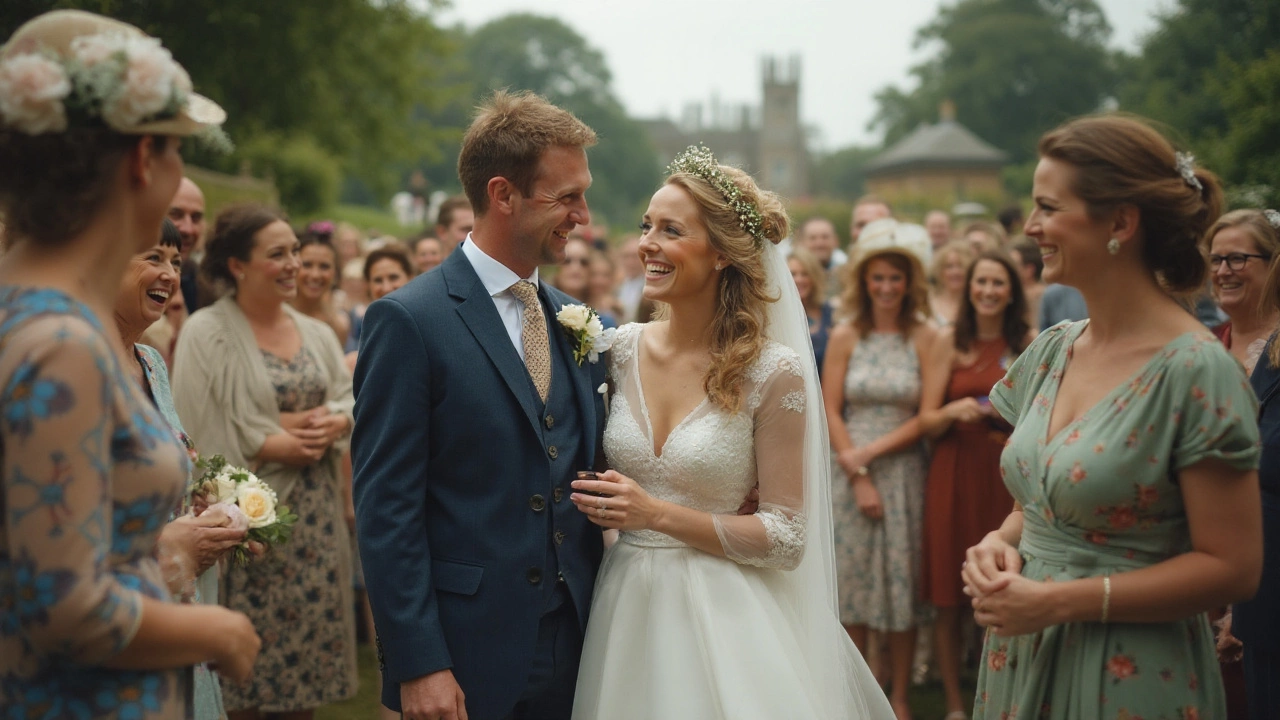Best Hours for Wedding Photos: Simple Timing Tips
Picking the right time for wedding pictures can feel overwhelming, but you don’t need a PhD in lighting. The goal is simple: get the best natural light without adding extra stress. Below you’ll find the three sweet spots that work for most venues, plus a few tricks to keep the schedule smooth.
Why Light Matters for Wedding Pictures
Natural light gives skin a soft, even tone that studio lights often can’t match. When the sun is low in the sky, shadows soften and colors pop, creating that dreamy look many couples love. Harsh midday sun can cause squinty eyes and over‑exposed backgrounds, while a cloudy day can mute colors but still provide nice diffused light. Knowing the light’s behavior helps you decide when to snap the ceremony, portraits, and reception shots.
Top Time Slots to Shoot
Golden Hour (45‑60 minutes after sunrise or before sunset): This is the most popular window. The light is warm, golden, and flat enough to hide blemishes. Plan at least an hour of photo time around this period for couple portraits and group shots. If your ceremony is at 4 pm, you’ll likely have the best light around 5:30‑6 pm.
Blue Hour (the twilight period just before sunrise or after sunset): The sky turns deep blue and city lights start to glow. It’s perfect for romantic silhouettes or dramatic background shots. You’ll need a tripod and a slightly higher ISO, but the result looks cinematic.
Mid‑Morning (10 am‑11 am) or Late Afternoon (2 pm‑4 pm): If you can’t fit the golden hour, aim for these times when the sun is still high but not at its peak. Light is brighter but not harsh, especially if there’s light cloud cover. Use a reflector or a soft diffuser to soften shadows on the bride’s face.
Here’s a quick example schedule for a 4 pm ceremony:
- 10 am – First look and couple portraits (soft morning light)
- 12 pm – Family photos (use shade or a canopy to avoid harsh shadows)
- 3 pm – Ceremony prep shots (capture venue details)
- 4 pm – Ceremony (natural indoor light or gentle outdoor light)
- 5:30‑6 pm – Golden hour portraits (the highlight)
- 7 pm – Reception entrance (blue hour for dramatic silhouettes)
Adjust the times based on your season and location. In summer, sunrise can be as early as 5 am, while in winter it may not break until 7 am. Always check the local sunrise/sunset chart a week before the wedding.
Weather can change the game. If clouds roll in during the golden hour, you’ll get soft diffused light, which many photographers love. If a storm threatens, have a backup plan to move portrait sessions indoors where you can use large windows for natural light.
Finally, talk to your photographer about the timeline. A good photographer will know exactly how much time each slot needs and will suggest extra buffer for traffic or unexpected delays. By syncing your schedule with the light, you’ll avoid rushing and get relaxed, natural photos.
Bottom line: aim for golden hour, use blue hour for drama, and fill the rest of the day with morning or late‑afternoon light. Keep the plan flexible, check the weather, and let the light do most of the work. Your wedding album will thank you.

- Aug, 8 2025
- Comments 0